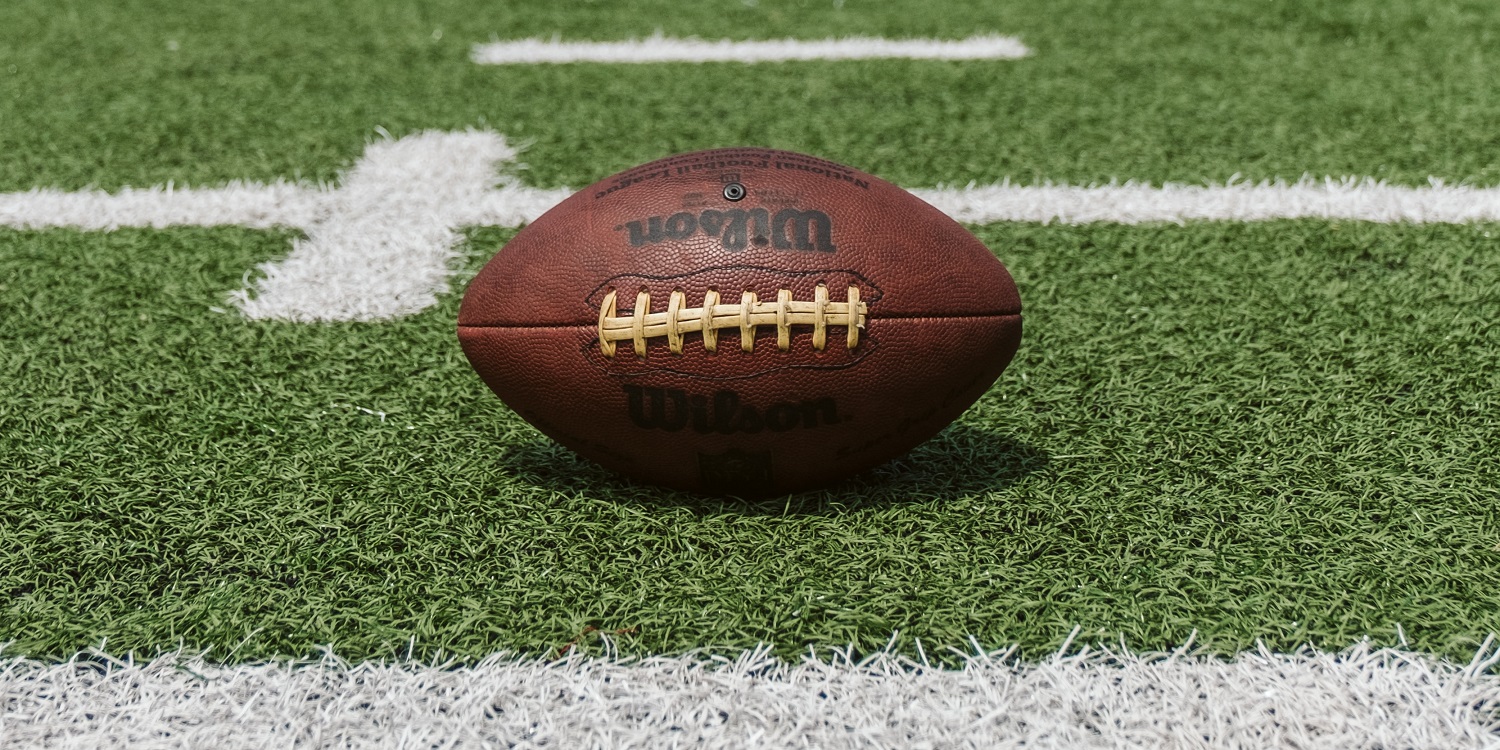In the exhilarating world of the National Football League (NFL), strategic prowess can be as crucial as physical athleticism. The tactics employed by teams, both offensively and defensively, often play a pivotal role in determining the outcome of the game. This in-depth analysis will unravel the complexities of these strategies, shedding light on the methodologies employed by the game’s greats.
We’ll delve into the mechanics of offensive and defensive tactics, revealing their intricacies and applicability. Prepare for a journey into the strategic heart of the NFL, where every play is a testament to tactical ingenuity and innovation.
Introduction to NFL Strategies
The captivating world of the NFL is a fascinating showcase of strategic acumen and athletic prowess. One cannot simply rely on physical abilities alone; the game demands an intricate understanding of various offensive and defensive strategies. Meticulously devised and executed tactics can sway the game’s outcome significantly.
The essence of these strategies extends beyond the mere scoring of points; they enable teams to control the game’s tempo, exploit opponent weaknesses, and neutralize threats.
Offensive Tactics Analysis
These tactics are designed to exploit gaps in the defensive line, advance the ball downfield, and ultimately score points. They can range from the classic power running and play-action passes to more intricate strategies such as zone-blocking schemes and option runs.
The selection of offensive plays often hinges on the strengths of the team’s personnel and the weaknesses of the opposing defense. A well-executed offensive play can result in a touchdown and lend momentum to the team, boosting the morale of the players and fans alike.
Defensive Tactics Analysis
These tactics are designed to thwart the offensive plays of the opposing team, preventing them from advancing the ball and scoring points. Defensive strategies can vary greatly, ranging from using blitzes to pressure the quarterback to employing cover schemes to prevent long passes.
Choosing the correct defensive tactic depends on many factors, such as the strengths and weaknesses of the opposing team’s offense, the current game situation, and the specific talents of the defensive players. For example, an immobile quarterback might be a good player to blitz against if you have a good group of pass rushers. A successful defensive play can turn the tide of a game, stopping the momentum of the opposing offense and shifting it to their team.
Comparative Analysis
The comparison of offensive and defensive strategies affords a holistic view of the tactics employed in the NFL. An effective strategy is often the result of a perfect balance between offensive and defensive plays. Offensive tactics, aimed at scoring points and gaining yards, must be dynamic and versatile to outmaneuver the opposing team’s defense. Concurrently, defensive strategies seek to thwart offensive advances, forcing turnovers and limiting the opposition’s scoring opportunities.
These strategies’ effectiveness is theoretical and can be seen in practice. Regularly monitoring FanDuel NFL standings and statistics provides clear evidence of teams that have mastered the art of strategic balance. Teams that consistently rank high often demonstrate a well-rounded approach, employing varied offensive tactics alongside rigorous defensive strategies. Thus, the interplay between offensive and defensive systems is a captivating aspect of NFL games, demonstrating the depth and complexity of this beloved sport.
It’s worth noting that strategies continue to evolve, driven by team personnel changes, player training advancements, and the continuous quest for competitive advantage. As we move forward, it will be fascinating to see how these strategies further develop and shape the future of the NFL.
Conclusion
The tactical depth of the NFL is a testament to American football’s complex and ever-evolving nature. The interplay between offensive and defensive strategies forms the backbone of the sport, adding an intriguing layer of intellectual challenge to the physical contest. These tactics, driven by the need to capitalize on opportunities and the constant demand to neutralize threats, create a dynamic chess match unfolding in real time on the gridiron.
It’s a captivating spectacle that captivates fans, from the casual observer to the most passionate supporter. As we look to the future, the evolution of these strategies will undoubtedly continue to play a pivotal role in shaping the NFL’s landscape, adding new chapters to the rich history of this beloved sport.










